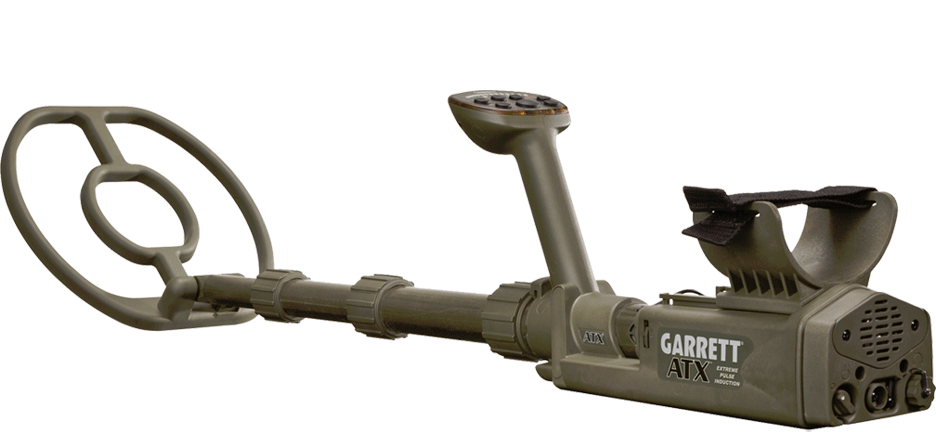I can't believe nobody's seen this: the Minelab F3 is the same thing as the ATX. Just compare the specs, then take a look. The F3 even has 13, that's right 13 LED's in an arc across the top of the handle. Plus, a durable plastic housing, collapsible shaft with concealed wires...........it goes on and on. OK of course there are a few very minor differences. If I didn't know better I would say one of these 2 companies is manufacturing for the other.
So if you want the "scoop" (no pun intended) on the ATX, just read Minelab data on the F3.
So if you want the "scoop" (no pun intended) on the ATX, just read Minelab data on the F3.


